Can You Bring a Heating Pad on a Plane? TSA Rules & Airline Policies
Aching back on a long flight? Cramps making you dread that upcoming trip? We've all been there. But before you toss your trusty heating pad in your carry-on, let's make sure it's a smooth journey through security.
The rules around flying with heating pads can be a bit toasty, but don't sweat it. We've got you covered with everything you need to know.
Let's make sure your heating pad is your co-pilot, not a travel headache.
Which types of heating pad can be carried on a plane?
You can pack most heat packs or hand warmers in your carry-on luggage, but there are a few things to consider depending on the type of heat pack you have.
Electric Heating Pads
Absolutely. Electric heating pads are generally welcome on your flights. The TSA gives the green light for electric heating pads in your carry-on and checked luggage.

However, there's a small catch with electric heating pads:
-
Battery-powered is best: If your heating pad runs on batteries, you're good to go. Just ensure it's turned off before passing through the security screening process.
-
Cordless convenience: Cordless heating pads tend to be the most travel-friendly. They're less likely to get tangled or damaged, making packing a breeze.
While electric heating pads are generally allowed, be prepared for a little extra scrutiny from TSA agents. They might have a few questions about your heating pad, so be ready to show them it's safe and in compliance with their guidelines.
Disposable Heat Pad
Yes, you can absolutely pack those handy disposable heat packs in your carry-on or checked luggage. They're a lifesaver for chilly international flights or unexpected aches.
The TSA doesn't have any restrictions on air-activated heat packs. Since they use a non-flammable chemical reaction to generate heat, they're considered safe for travel.
Here's what you need to know:
-
Unlimited quantity: You can bring as many disposable heat packs as you like. Just make sure they're sealed and haven't been activated yet.
-
Placement: It's a good idea to place them in a ziplock bag or a small pouch to prevent them from accidentally activating in your resealable plastic bag.
-
Disposal: If you need to dispose of a used heat pack during your flight, ask a flight attendant for assistance. They can safely dispose of it for you.
If you're prone to motion sickness or have sensitive skin, consider placing a thin cloth between the heat pack and your skin to prevent any irritation.
Microwavable Heat Packs
Microwavable heat packs are also generally allowed in carry-on bags. Just make sure they're completely cool before you pack them. If they're still warm, they could raise eyebrows at security.
If you're using a microwavable heat pack, consider bringing a reusable one. That way, you can heat it up at your destination if needed.
There's something that needs to be paid attention to:
-
Dry, not liquid: Ensure your heat pack is dry and free of any liquid content. TSA is strict about liquids, so a dry, microwavable heat pack is your best bet.
-
Compact and contained: Make sure your heat pack is securely contained and won't leak any material, whether it's filled with grains, beans, or other substances.
While microwavable heat packs are generally allowed, be prepared for a little extra scrutiny from TSA agents. They might have a few questions about your heat pack, so be ready to show them it's safe and in compliance with their guidelines.
Gel Heating Pads
Gel heating pads are not allowed in your carry-on bags due to their liquid contents. However, you can pack them in your checked luggage without any issues.

Make sure that the seal is secure to avoid any leaks, and place the pad inside a resealable plastic bag for added protection.
Be prepared for a little extra scrutiny from TSA agents. They might have a few questions about your heating pad, so be ready to show them it's safe and in compliance with their guidelines.
Different Airline Policies on Heating Pads
While the TSA sets the general guidelines, some airlines have their own specific policies regarding heating pads. Let's take a quick look at a few major airlines:
-
United Airlines: Permits heating pads in both carry-on and checked bags, but things that heat up can't be used during flight.
-
Delta Airlines: Allows heating pads in carry-on and checked bags, but they cannot be used during flight.
-
American Airlines: Heating pads are allowed in carry-on and checked bags, but cannot be used onboard.
-
Southwest Airlines: Allows heating pads in carry-on and checked bags.
Note: According to TSA regulations, gel heating pads are not allowed in carry-on bags.
Always check your airline's specific policy before you fly, as it may vary or change over time. You can usually find this information on their website or by contacting their customer service.
Can you bring a heating pad through security?
Yes, you can absolutely bring your heating pad through security. The TSA understands that many people rely on heating pads for pain relief or comfort, especially during travel.
Here's what you can expect at the airport security checkpoint:
-
Separate it: Just like your laptop, you'll need to take your heating pad out of your bag and place it in a bin for X-ray screening.
-
Be ready for inspection: TSA agents might give your heating pad a closer look, especially if it's electric or has a removable cover. This is standard procedure, so don't be alarmed.
-
Answer questions honestly: If the TSA agent asks about your heating electric pad, be honest and explain why you're traveling with it. Having a doctor's note might be helpful if you have a medical condition.
If your heating pad is brand new, keep the packaging and any instructions or labels that came with it. This can help verify what it is and that it's safe.
Can you use an electric heating pad on a plane?
Safety first, right? The good news is that using an electric heat pad on a plane is generally safe, as long as you follow some key precautions:
-
Battery-powered Only: Only use battery-powered heating pads during your flight. Mains-powered or USB-powered heating pads aren't permitted for in-flight use due to potential electrical issues.
-
Avoid Overheating: Keep an eye on your heating pad to make sure it doesn't get too hot. Most modern heating pads have built-in safety features to prevent overheating, but it's always better to be safe than sorry.
-
Mind Your Surroundings: Be mindful of your neighbors and the space around you. Don't let your heating pad touch anything flammable, and keep it away from any spills or moisture.
-
Respect Airline Policies: Some airlines might have specific rules regarding the use of personal electronic devices. It's always wise to check their policies beforehand to avoid any surprises.
While rare, there have been instances of lithium-ion batteries in electronic devices overheating or creating a fire hazard on planes. If you notice anything unusual with your heating pad, like smoke or a burning smell, immediately inform a flight attendant.
If you're concerned about battery life, bring a spare set of batteries or a portable charger just in case.
Wrapping Up: Stay Warm and Cozy with Homlyns
So, there you have it. You're now well-versed in the ins and outs of traveling with heating pads. Whether you're battling chronic pain or just want a little extra warmth, you can rest assured that your trusty heating pad can join you on your adventures. Just remember to check the specific rules and regulations for your airline and pack accordingly. The final decision rests with the TSA officer on whether an item is allowed through the checkpoint.
Key Takeaways:
-
An electric heating pad is generally allowed in carry-on and checked luggage.
-
Gel heating pads are not permitted in carry-on but checked bags.
-
Battery-powered heating pads are the most convenient for travel.
-
Disposable heat packs are perfectly fine in carry-on luggage.
-
Always check your airline's specific policies regarding the use of heating pads.
At Homlyns, we understand the importance of warmth and comfort, whether you're at home or on the go. Our high-quality, heated home and bedding products are designed to help you relax, unwind, and get a good night's rest. So, if you're looking for a way to stay cozy and comfortable no matter where you are, be sure to check out our wide range of heated products.
Are electric blankets allowed on planes?
This is where things get a bit more electric. Unlike heating pads, you cannot use an electric blanket on a plane. The outlets on airplanes aren't designed to handle the power draw of an electric blanket, and using one could pose a safety risk. But you can still bring the electric blanket on the plane according to TSA guidelines.
You can also pack an electric blanket in your checked luggage. Just make sure it's properly packed and protected to avoid any damage during transit.
Here are some tips for packing your electric blanket:
-
Roll it up: Rolling your blanket tightly will help prevent wrinkles and save space in your suitcase.
-
Use a protective bag: A laundry bag or a large ziplock bag can help keep your blanket clean and dry.
-
Place it in the center: Put your rolled-up blanket in the middle of your suitcase, surrounded by clothes or other soft items to cushion it.
If you're worried about getting cold on the plane, consider bringing a regular blanket or a travel-sized fleece throw instead. These are perfectly acceptable for in-flight use and can provide plenty of warmth.




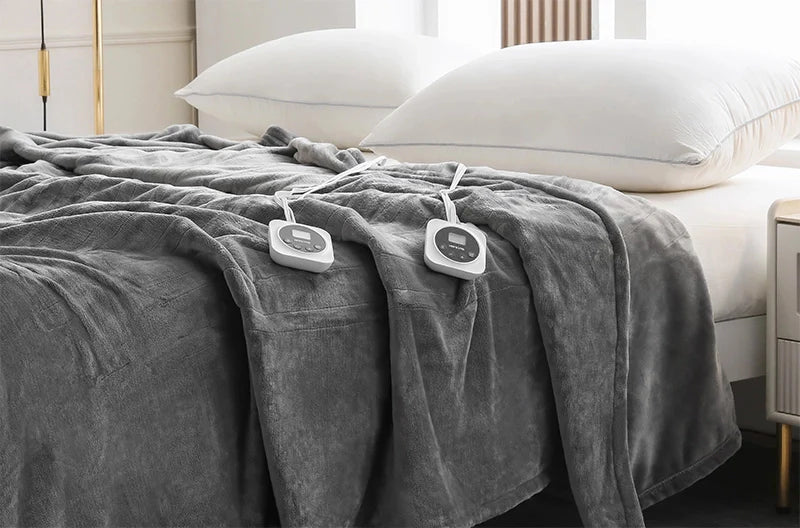
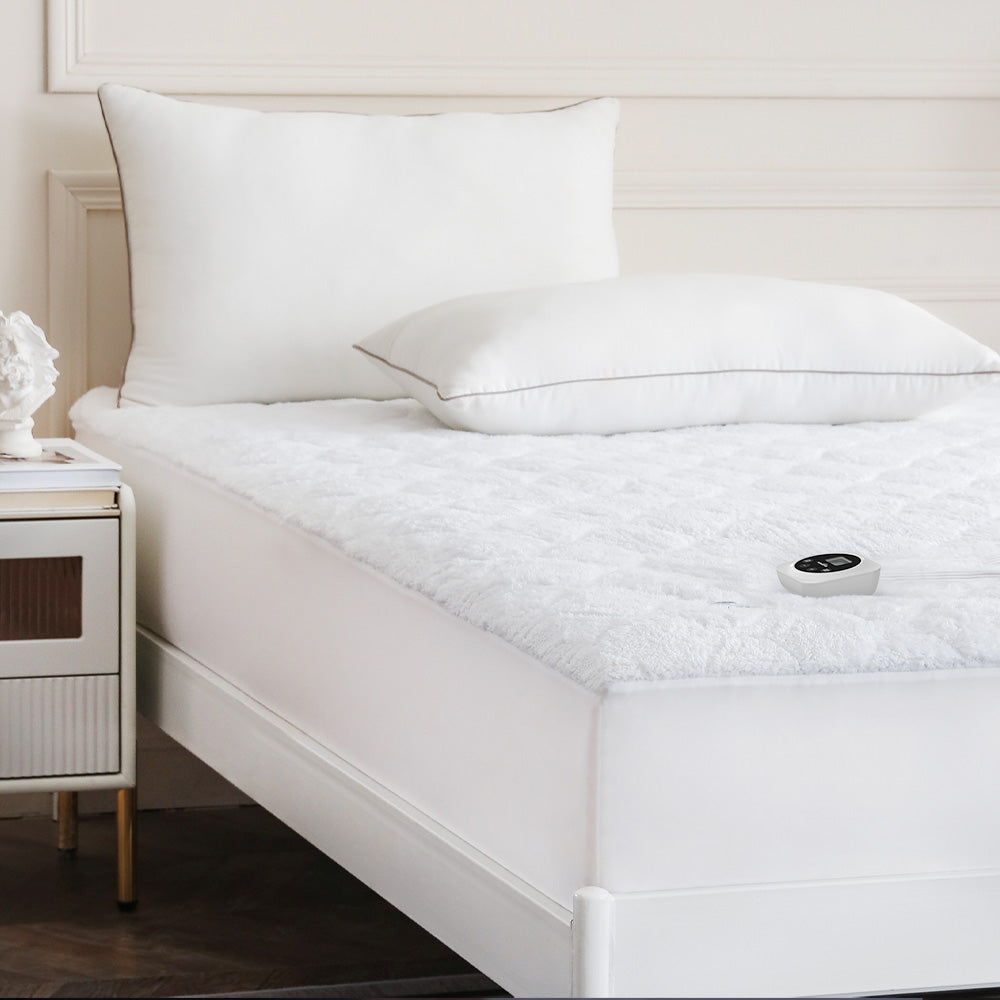
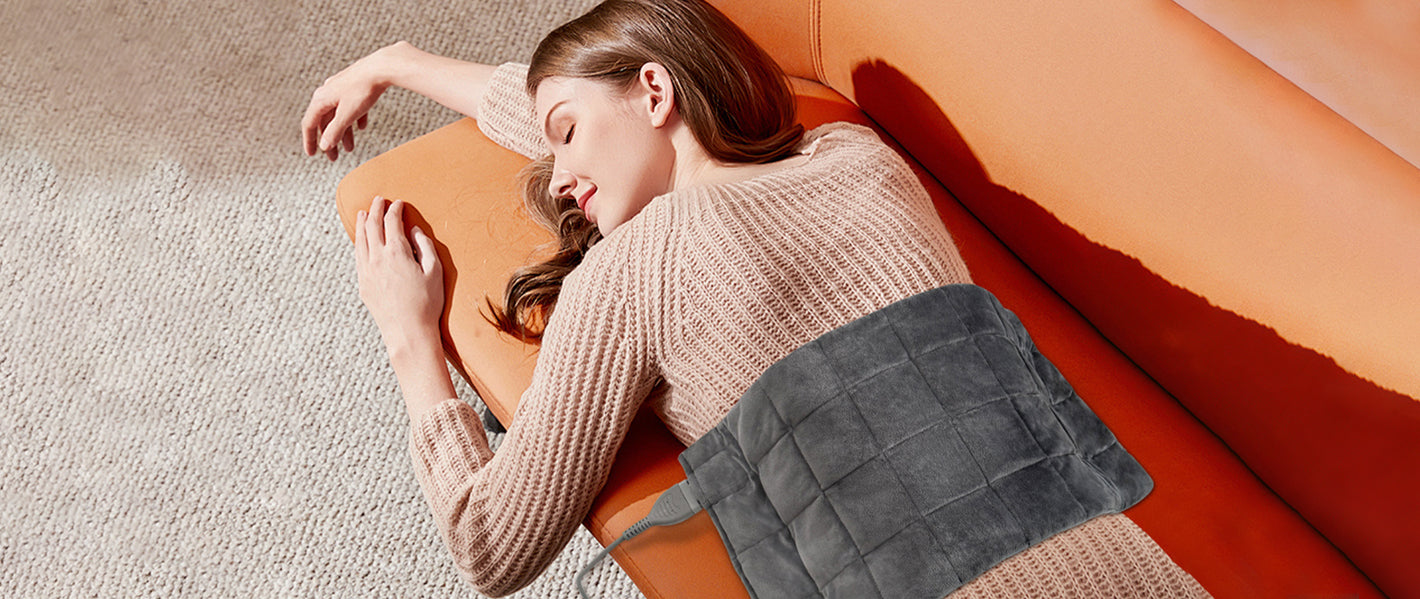
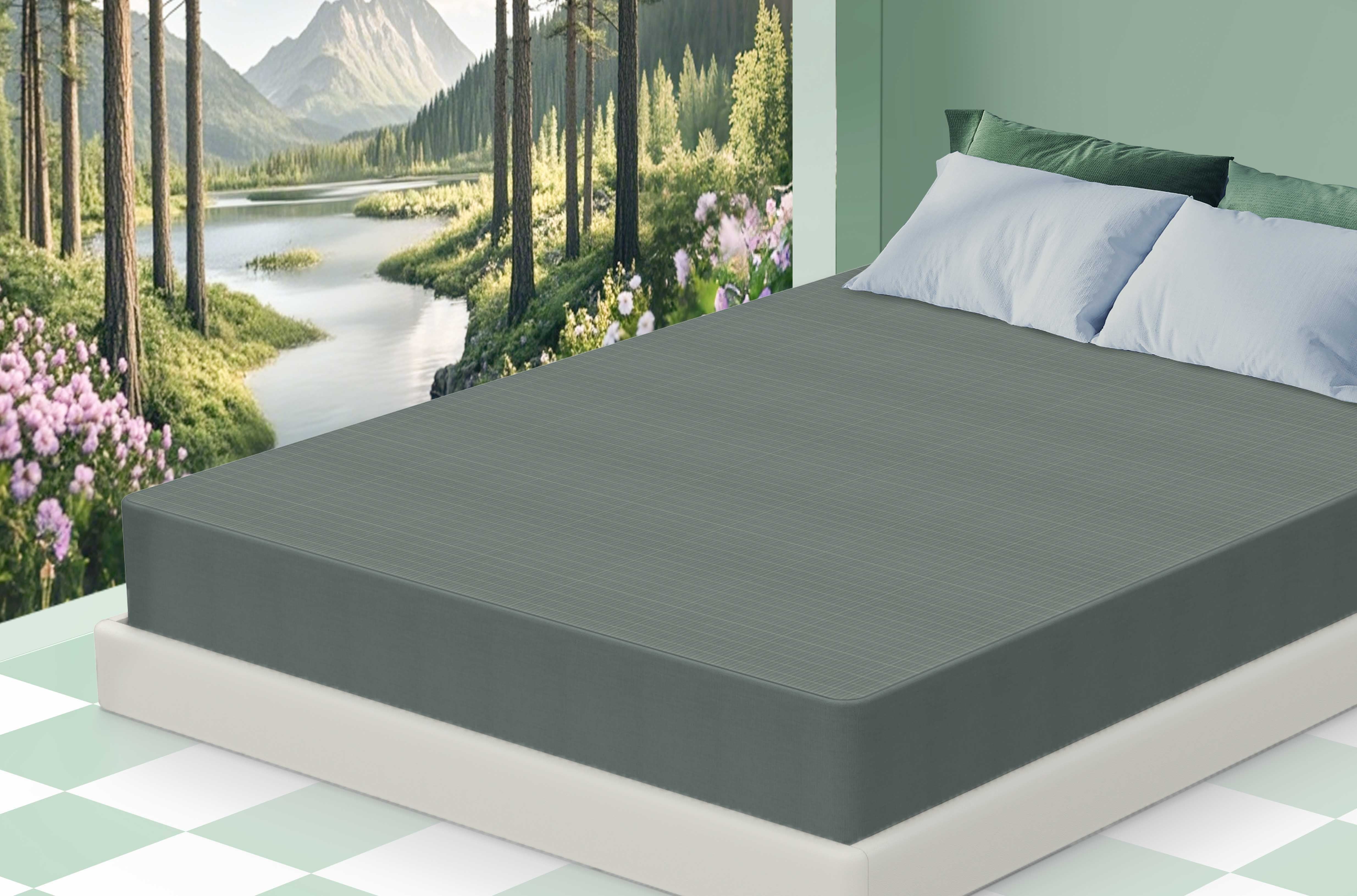
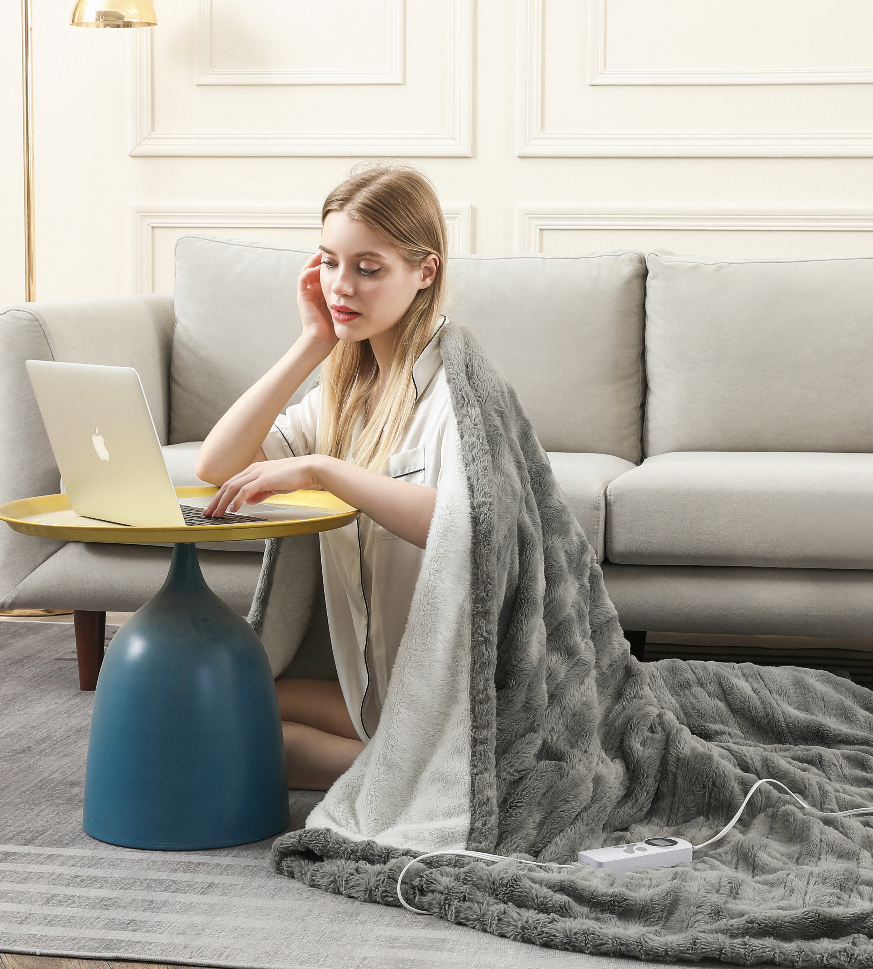
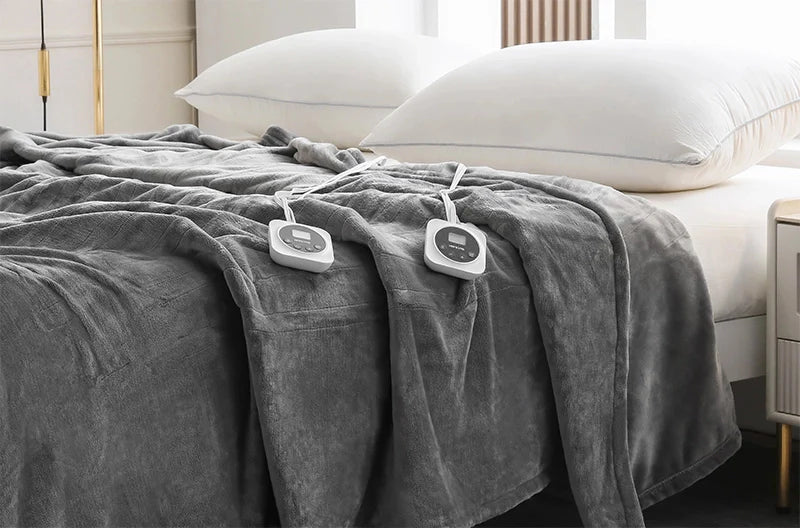
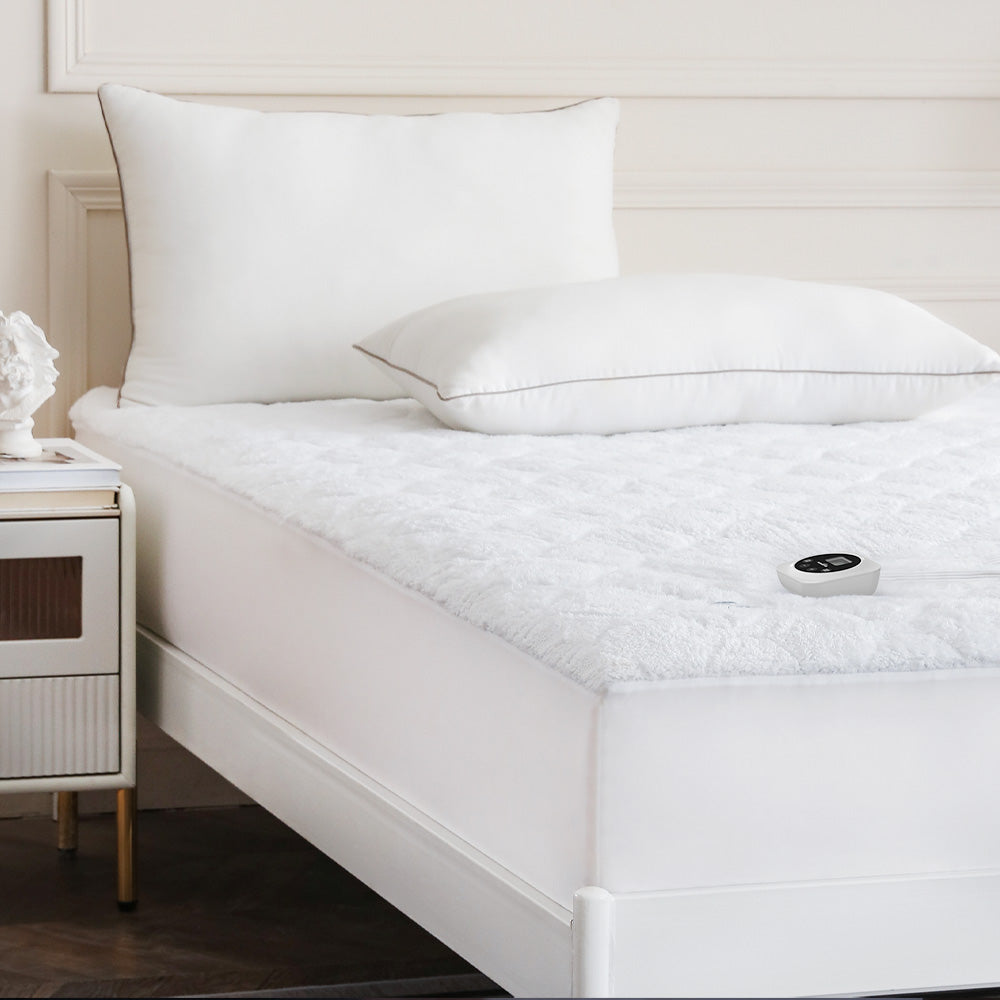
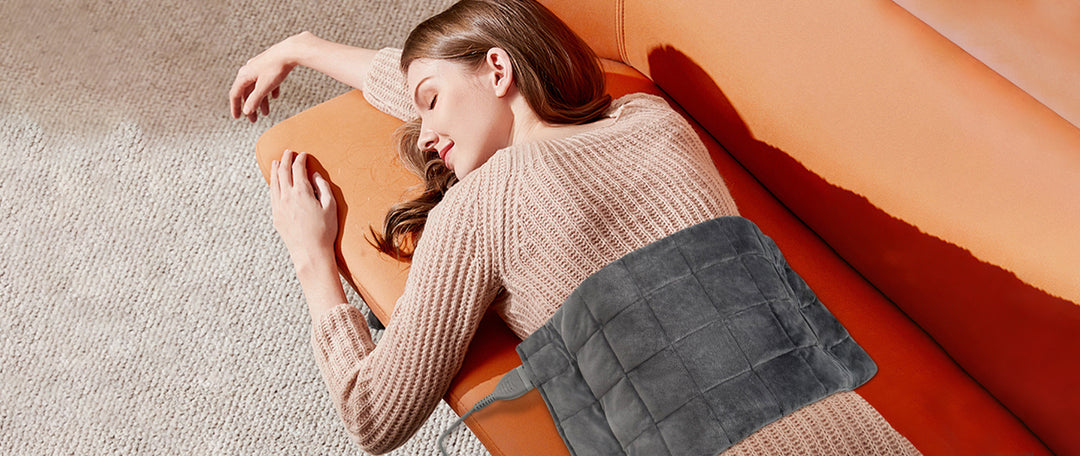
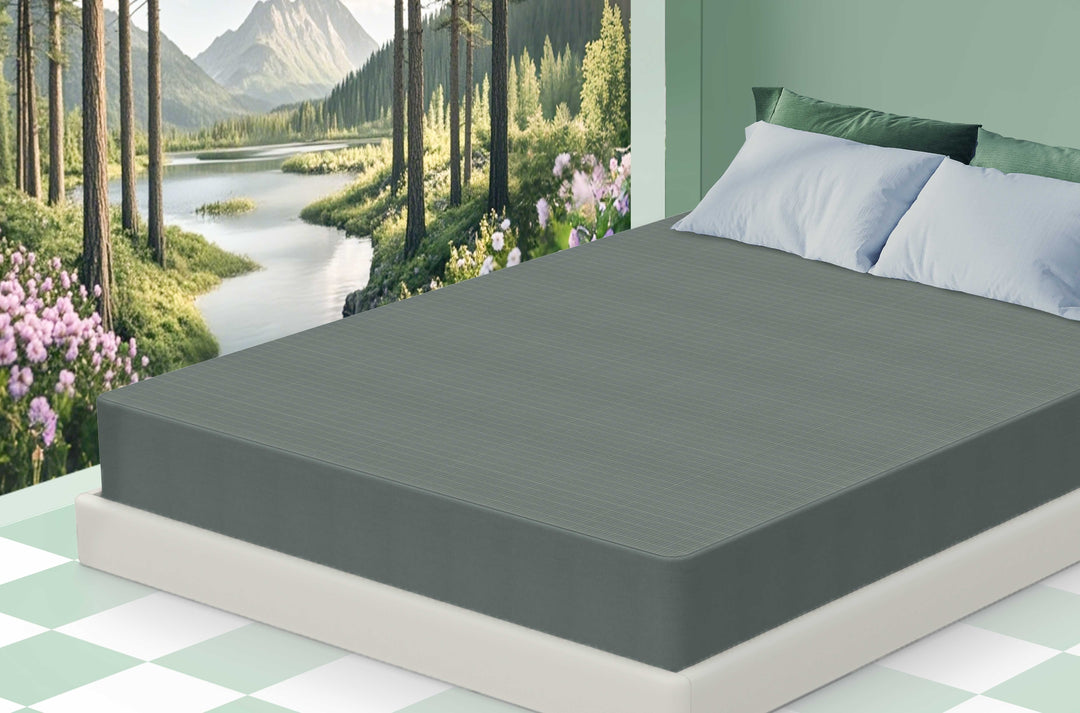



Leave a comment